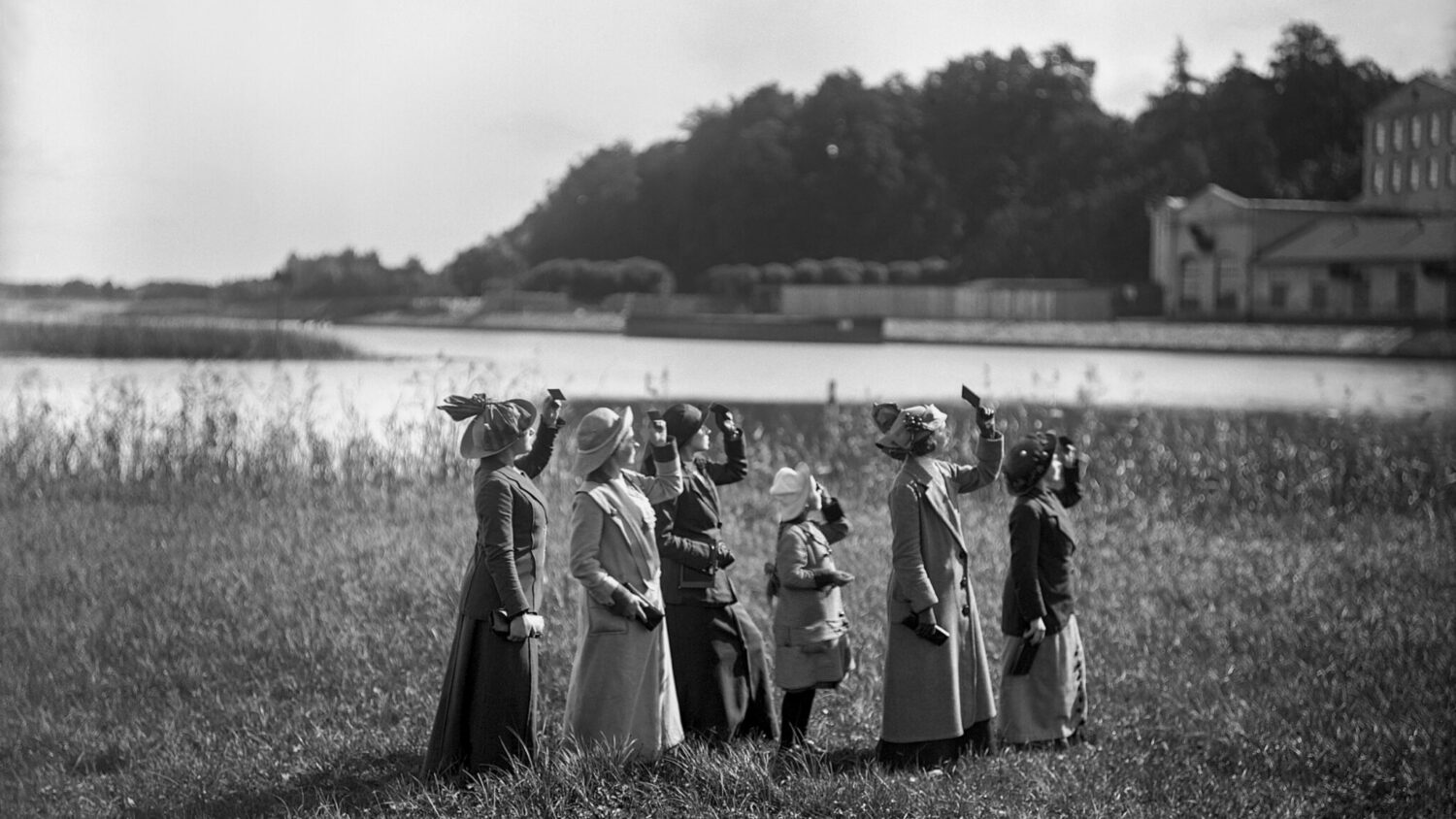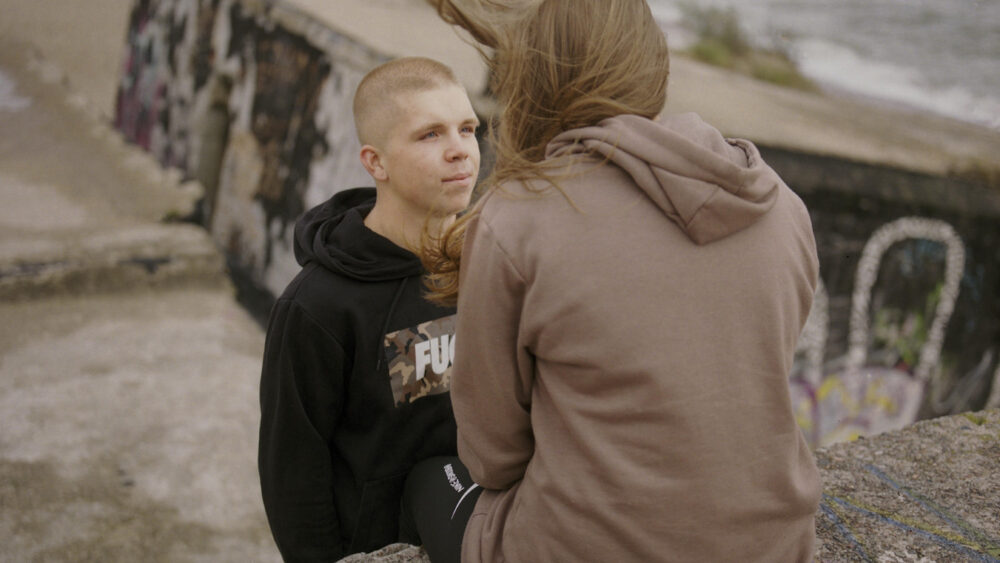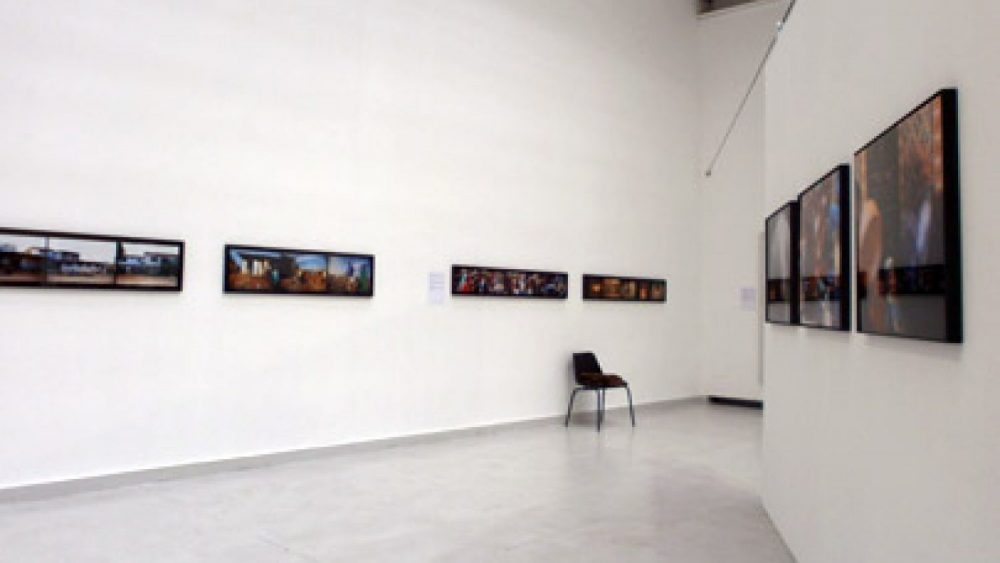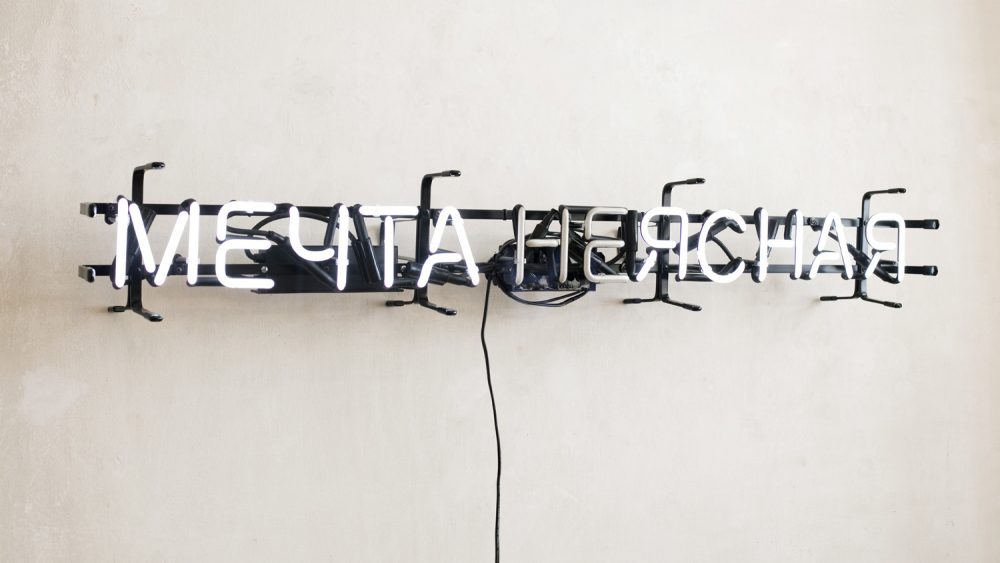Silver girls in Vilnius. Interview with curator Šelda Puķīte
On 28 March, the exhibition Silver Girls: Retouched History of Baltic Photography will open at the National Art Gallery in Vilnius. The opening evening will feature a curatorial tour, as well as a special performance, Lunar Sisterhood, created by the artist Goda Palekaitė. A day later, on 29 March, a meeting will be held with the three participating contemporary artists: Diāna Tamane from Latvia, Marge Monko from Estonia, and Goda Pelakaitė from Lithuania.
The Silver Girls project was first exhibited in 2020 at the Tartu Art Museum in Estonia, followed shortly afterward by a book publication, both focusing on early Latvian and Estonian women photographers. This time, the theme has been expanded to a broader Baltic context, offering a new and evolving perspective on 21 women photographers from Latvia, Lithuania, and Estonia. The curators of this long-running project, Šelda Puķīte and Indreks Grigors, are now joined by Lithuanian researcher and critic Agnė Narušytė.
Šelda Puķīte is a Latvian art historian and curator who holds a Master’s degree in Art History from the Art Academy of Latvia. She currently lives in Estonia, where she works as a curator and international project manager at Kogo Gallery in Tartu. She has collaborated with institutions such as the Latvian National Museum of Art, the Latvian Centre for Contemporary Art, the Riga Photography Biennial, and the Tartu Art Museum, among others.
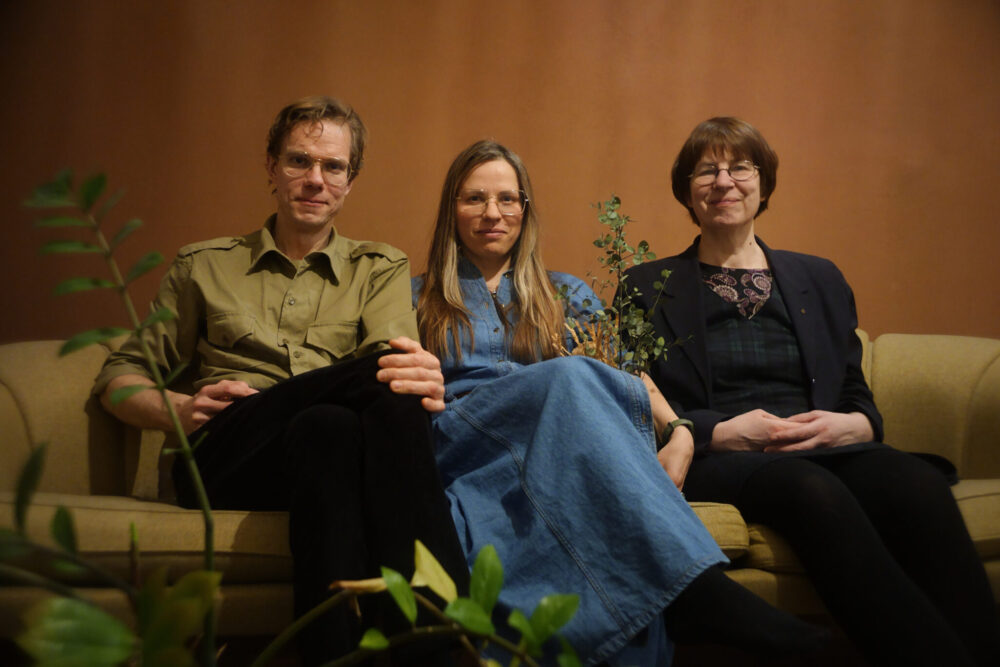
In the introduction to the Silver Girls book, it is mentioned that one of the initial inspirations for this project was a project for the Riga Photography Biennial in 2020. What has been the history of this project, and where do your personal interests in this topic originate?
The idea for this project emerged after attending a lecture by photography researcher Katrīna Teivāne at the Riga Art Space in 2018, organized by the Riga Photography Biennial. In her lecture, she pointed out that while there is a wealth of material on early women photographers, she lacked the time to dedicate to researching the topic. She encouraged me to take on the challenge and see where it might lead.
I have been interested in women’s history ever since my studies at the Art Academy of Latvia. However, during my time there, I struggled to find a specific topic in this field that truly excited me and felt like a meaningful contribution to Latvian art history. My experience working with contemporary art, my involvement in significant photography projects at the Latvian National Museum of Art—such as curating exhibitions by Māra Brašmane and Edvard Steichen—along with collaborations with the Latvian Centre for Contemporary Art, curating the Riga Photography Biennial, and, of course, the encouragement from Katrīna, ultimately led me to Silver Girls.

The first project I developed was the urban exhibition (In)Visible Authors, which was part of the Riga Photography Biennial 2020 program in collaboration with the Latvian Museum of Photography. Working with designer Aleksejs Muraško, we created large-format posters featuring the work of six early Latvian photographers.
While working on this exhibition, I was approached by the Tartu Art Museum, which invited me to curate an exhibition for them. After consulting with Estonian curator Indrek Grigor, we decided to create a joint exhibition showcasing early Latvian and Estonian women photographers. In the summer of 2020, the Silver Girls: The Retouched History of Photography project opened in the exhibition rooms on the third floor of the Tartu Art Museum. At the end of the same year, a beautifully designed album by Aleksejs Muraško was published.
Then, after a brief hiatus, we were contacted in 2023 by the Lithuanian National Museum of Art with an offer to present an exhibition of early Baltic women photographers in the Great Hall of the National Gallery of Art in Vilnius. It was a tremendous honor and a great opportunity to expand the project on a Baltic scale. Since we needed to recruit a researcher to work with Lithuanian materials, there was no doubt that the best candidate to research and co-curate the exhibition with Indrek and me was photography researcher and art critic Agnė Narušytė.
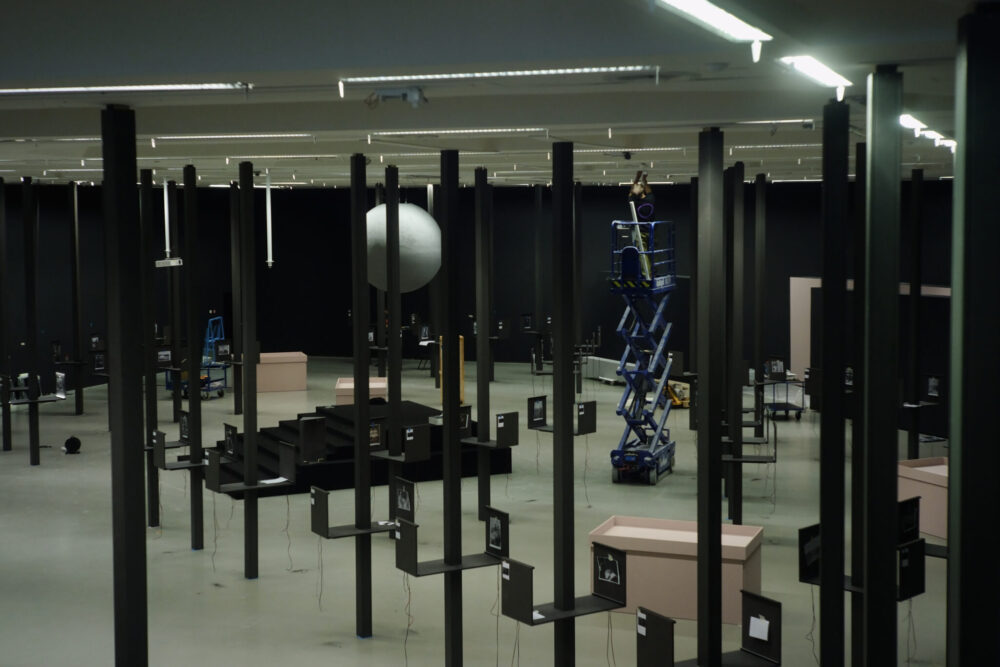
What are the main differences between the 2020 exhibition in Tartu and the 2025 exhibition in Vilnius?
Since the exhibition space this time is five times larger, we decided to expand the project in various ways and make certain adjustments. The most significant change is the collection, research, and exhibition of material from 21 early women photographers (7+7+7) from all three Baltic States in Vilnius. Seven themes will be explored—phantoms, aristocrats, memorabilia, studios, artists, sisterhood, and fates—accompanied by various archival materials. Similar to the previous project, we chose to maintain a connection with contemporary art, but this time, we have included only Baltic women artists whose work forms an organic dialogue with one of the exhibition’s thematic layers.
Additionally, for the first time, an artist—Lithuanian Goda Pelakaitė—has created a new work specifically for this project. Another key development is the opportunity to collaborate with a professional exhibition architect, allowing the exhibition’s scenography to evolve in dynamic and innovative ways. The exhibition will be presented as a scenic forest of mirrors, where, under the moonlight, visitors will encounter the spirits of the silver maidens.
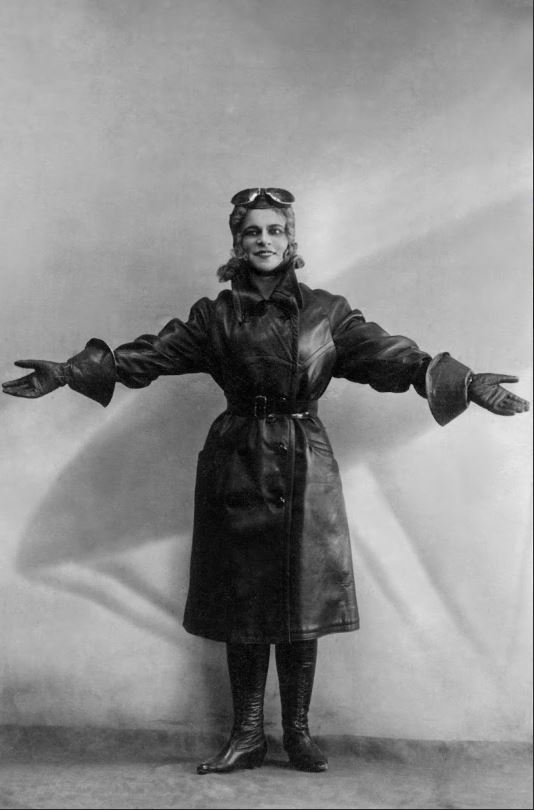
What has the preparation period for the new exhibition been like in terms of research and identifying materials?
In 2023, the Lithuanian National Museum of Art invited us to prepare an exhibition, though negotiations had already begun a year earlier. Given the limited preparation time for such an ambitious project, we immediately set to work on developing its conceptual framework and securing initial funding to fully carry out the research.
The biggest challenge fell to Agnė, who not only had to gather available materials—something that had never been done before in Lithuania—but also prepare a detailed presentation on the seven photographers. Indreks and I continued expanding the existing project, as well as reviewing information on two additional photographers who were added to the original group of five from the same country. Overall, the research process took place over approximately two years.
Is it possible to compare the relevance of women photographers as a topic in each of the Baltic States? Are there any similar or differing trends in research and curatorial practices?
I believe that the topic of women photographers is currently relevant in all three Baltic States, though the number of substantial curatorial projects remains limited. I can speak in more detail about early women photographers, as they are the primary focus of my research.
In Estonia, the legacy of individual photographers has been studied for many years, leading to small exhibitions at the Estonian Museum of Photography, the Hiiumaa Museum, and the Kondas Centre in Viljandi. Estonian photographer Hilja Rita, one of the daughters of the renowned photographer Jan Rita, was fortunate to receive public recognition for her creative legacy at the end of her life—something that cannot truly be said for any other Estonian photographer of her generation.
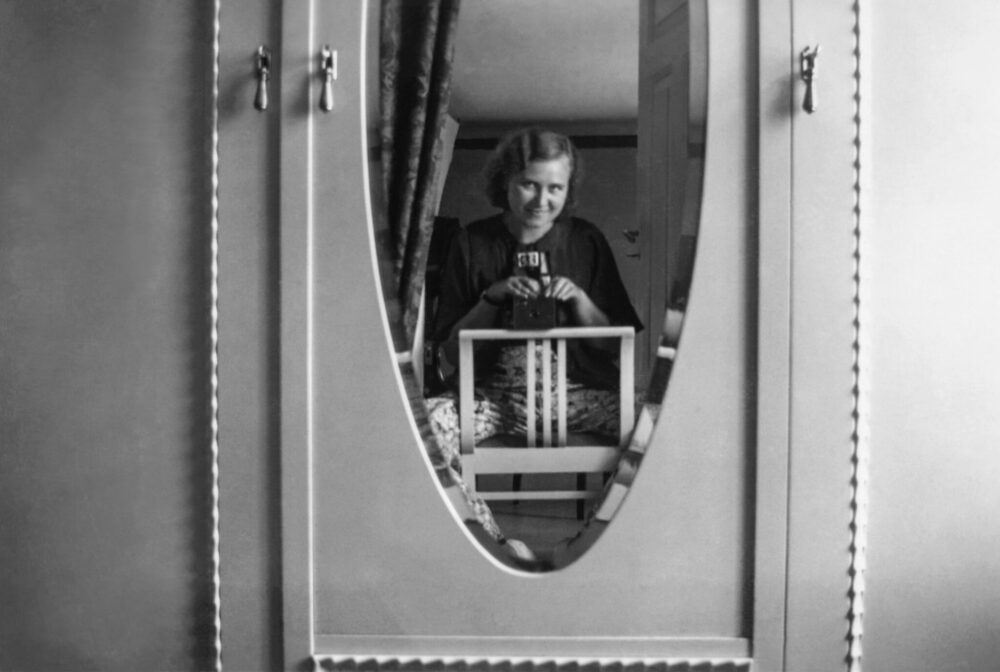
In contrast, Latvia has lacked focused research in this area for a long time, and exhibitions dedicated to female photographers appear to have last taken place in the 1990s. The only exception is Pēteris Korsaks, who dedicated his life to researching the legacies of various photographers. He collected and wrote numerous articles on women photographers, and during his time, the Latvian Museum of Photography, in collaboration with the Heniņš family, organized a centenary exhibition dedicated to Antonija Heniņa. He also maintained contact with the daughter of Lūcija Alutis-Kreicberga. In volume five of Latvian Art History, photography historian Katrīna Teivāne mentions Kreicberga and publishes one of her photographs. The Silver Girls project has sparked renewed interest in these artists, several of whom will be featured in the forthcoming book on the history of Latvian photography. Another interesting trend I have observed is the rise of regional history enthusiasts who have begun publishing articles in local newspapers about photographers who worked in specific towns or regions.

Are the next steps in the Silver Girls project already being planned? Perhaps a new book?
Yes, we are currently working intensively on a new book, which will be published in collaboration with NoRoutine Books. It will feature several thematic essays, archival and biographical sections, and a large selection of photographs.
We are also beginning to explore opportunities to present the project outside the Baltic States. Additionally, we would love to organize a version of the Silver Girls project in Latvia, but this will depend on timing and, most importantly, funding, as such projects are costly to produce.
What are your other creative plans?
My upcoming projects are closely tied to my daily work at Kogo Gallery in Tartu. Currently, I am curating several solo exhibitions and preparing for a couple of European art fairs. This spring, we will open an exhibition by Estonian artist Eike Eplik, whose work was recently showcased at Kim? Contemporary Art Centre. In the autumn, we will present an exhibition by Maria Kapajeva.
